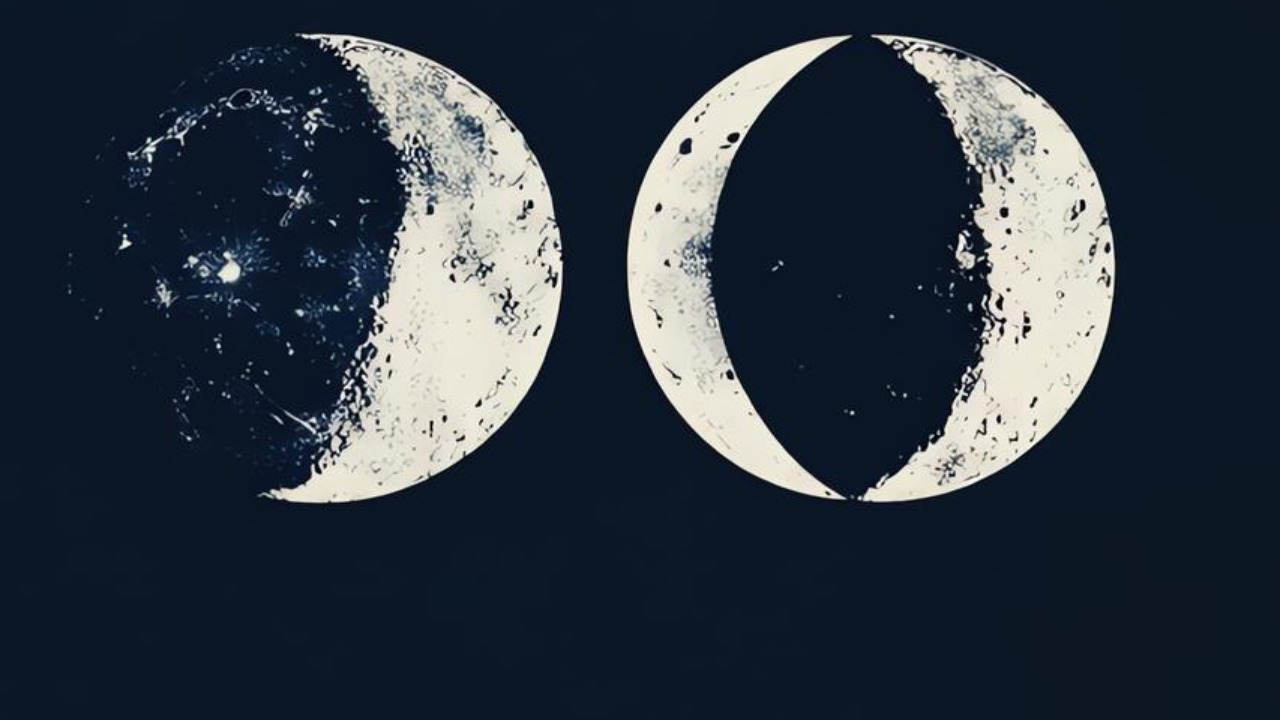
Could Earth have once boasted two moons gracing its night sky? While today our planet has a singular lunar companion, intriguing clues suggest that Earth might have had a twin moon at some point in its history. From geological evidence to ancient myths, the possibility of a vanished moon offers a fascinating glimpse into our planet’s past.
Geological Evidence of Ancient Twin Impact Craters
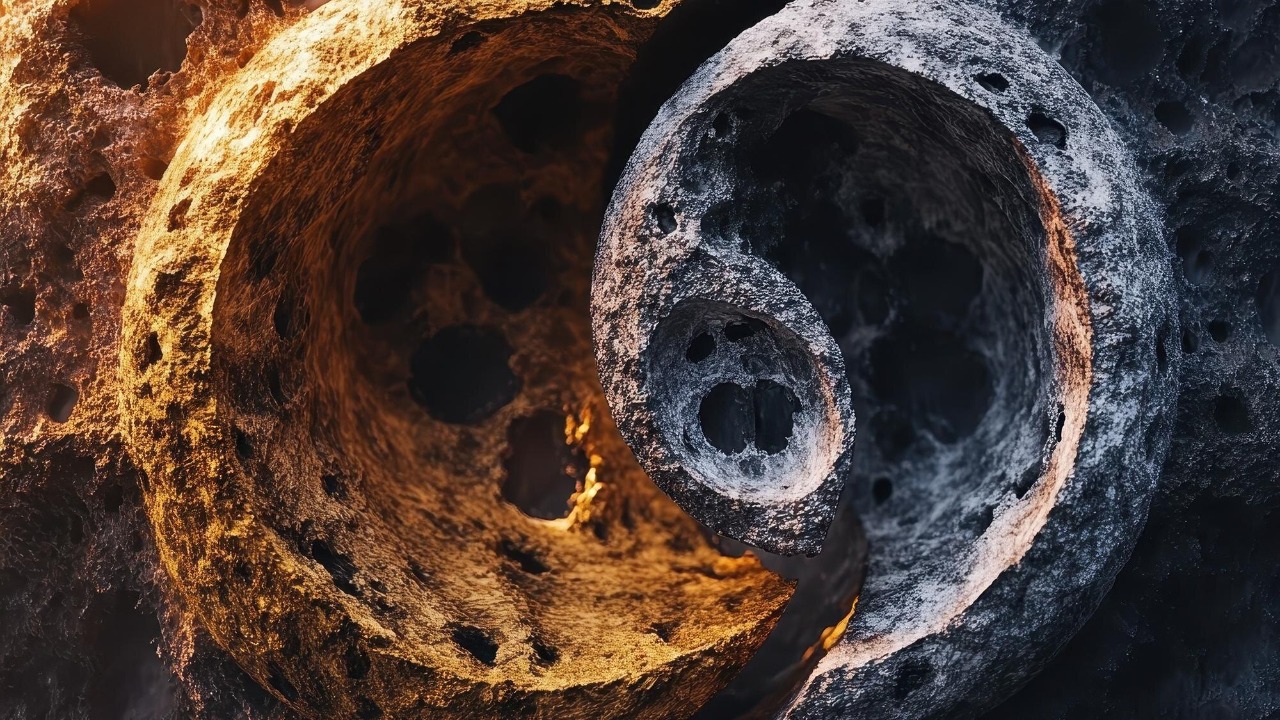
Geologists have discovered a pair of large impact craters on Earth’s surface that hint at the presence of a twin moon. These twin craters, located in different parts of the world, are believed to have been formed around the same time, suggesting a dual impact event. This lends credence to the theory that Earth once had another moon, which could have collided with its sibling, creating these remarkable geological features.
Further studies of these impact sites reveal similarities in their composition and age, indicating a simultaneous impact event. This discovery aligns with research findings that support the theory of twin moons, proposing that one moon may have eventually succumbed to gravitational forces, merging with the current Moon or crashing into Earth.
Orbital Dynamics and Simulations Suggesting Past Moon Interactions
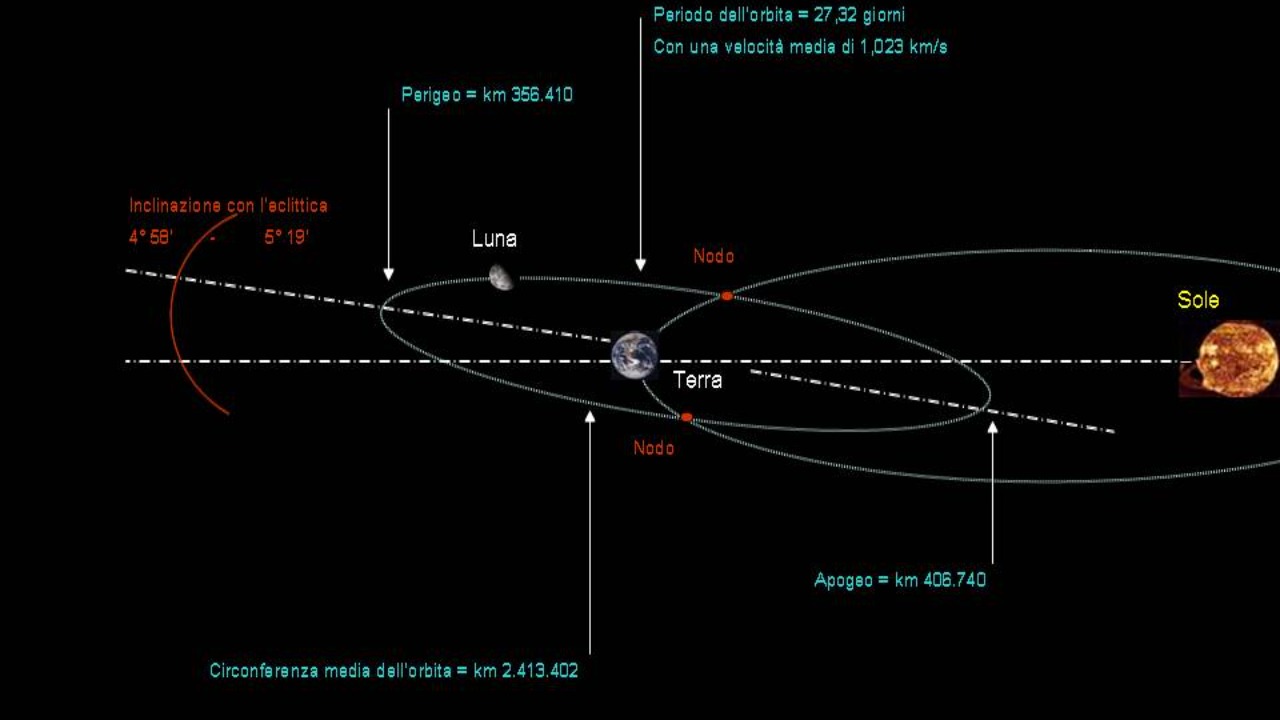
Advanced computer simulations have provided insights into the orbital dynamics of our Moon, suggesting that interactions with a second moon might have occurred. These simulations show that Earth’s gravitational forces could have sustained two moons for millions of years until their orbits destabilized.
According to these models, tidal forces and gravitational interactions between the moons could have led to a collision or absorption event, resulting in a singular lunar body. Such a scenario is consistent with the current understanding of lunar formation and evolution, providing a plausible explanation for the disappearance of a twin moon.
Anomalies in Lunar Rock Compositions
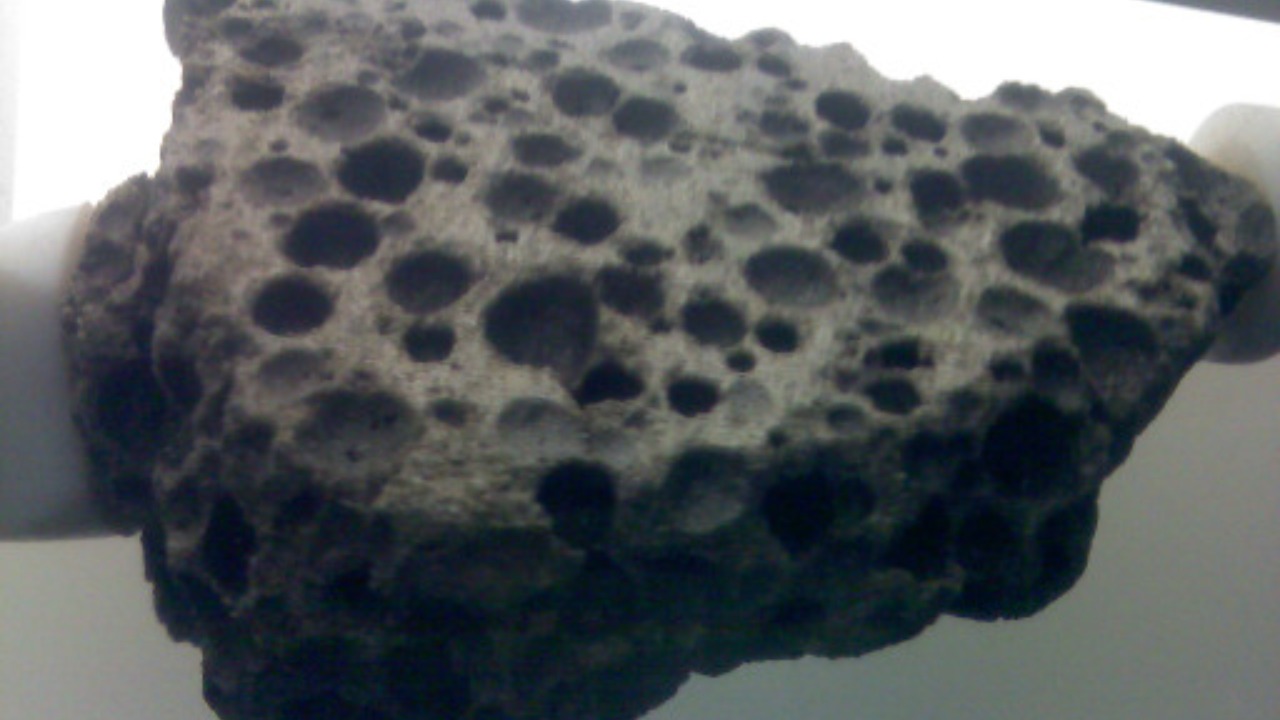
Analyses of lunar rock samples have revealed chemical anomalies that suggest a more complex lunar history. These rocks, brought back from Apollo missions, contain isotopic signatures that differ from those expected if Earth had only ever had one moon. This disparity in composition hints at the possibility of material from a second moon being incorporated into the existing lunar surface.
These findings raise questions about the Moon’s formation and whether it might have absorbed material from a vanished twin. The ongoing study of lunar rocks continues to provide valuable data that could unlock the mysteries of our Moon’s past relationships.
Ancient Myths and Cultural References to Multiple Moons

Throughout history, numerous myths and legends from different cultures have referenced multiple moons. Ancient texts and folklore often depict stories of two luminous bodies in the sky, suggesting that early civilizations might have witnessed a dual-moon era. These accounts, while not scientific evidence, offer intriguing clues that align with the twin moon theory.
Such mythological references could stem from observations of celestial events or remnants of oral traditions dating back to a time when a second moon was visible. They reflect humanity’s longstanding fascination with the night sky and its celestial inhabitants.
Astronomical Records from Early Civilizations
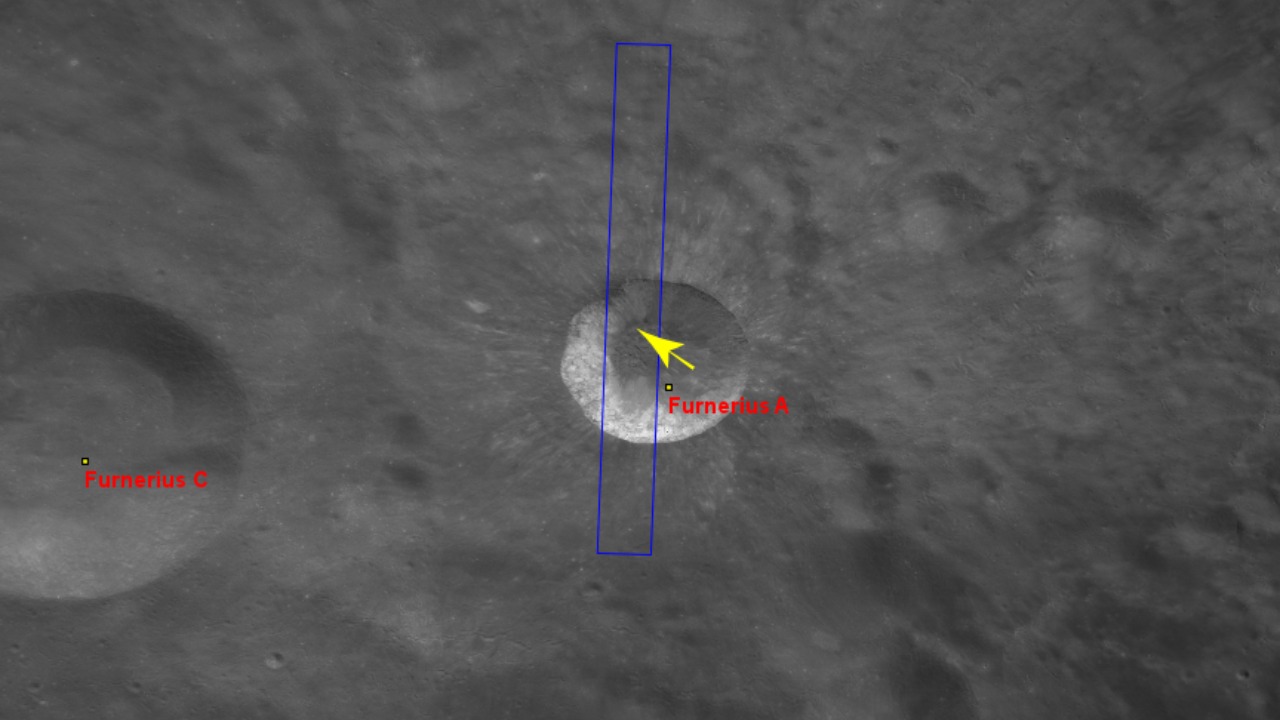
Early astronomical records, such as those from Babylonian and Chinese astronomers, contain references to unusual celestial phenomena that could imply the existence of a second moon. These historical records document observations of the night sky that include descriptions of odd lunar behavior or additional celestial bodies.
While some of these accounts may be attributed to astronomical events or misinterpretations, they contribute to the body of evidence suggesting a more dynamic lunar history. The meticulous records kept by these ancient astronomers offer a tantalizing glimpse into what our skies may have once looked like.